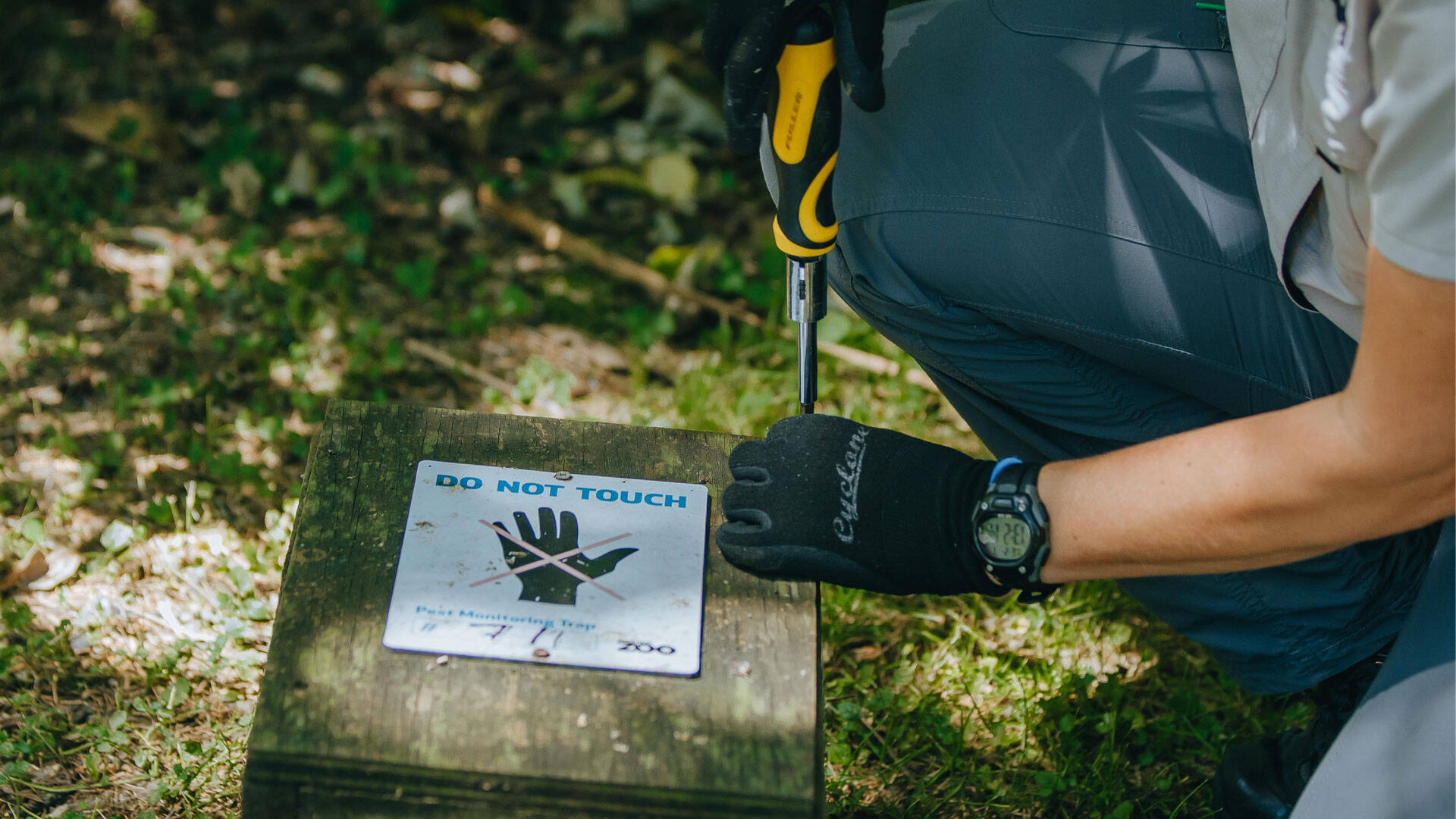“Have a curious mind, pick a topic that really interests you - and if it happens to be saving species from extinction, you would be amazed by the science involved in that!”
These words of advice are from Siân Buley, our pest control coordinator here at the Zoo, who has used a variety of scientific skills in her 20+ year career, and says that science isn’t just the domain of people in white coats.
After graduating with a biology degree, Siân was unsure what career path she wanted to take but knew her passion was in conservation. She first volunteered for six months at Jersey Zoo in the UK - a Zoo at the forefront of conservation thanks to Gerald Durrell – and was soon offered a role. The next decade was spent caring for and researching the behaviour, ecology, and ex-situ requirements of animals both at the zoo and in the wild.
Moving to Aotearoa, Siân dipped her toes into part-time biosecurity and zookeeping work, before moving into a full time position at Auckland Zoo. Today, Siân limits pest pressures at Auckland Zoo as well as coordinating various pest management programmes in Auckland. This includes pest monitoring at Matuku Link, the largest wetland in Tāmaki Makaurau. Siân also collaborates with a wide range of other organisations and conservation partners, including Auckland Council, the Department of Conservation, Urban Ark – Manawa Taiao and other zoos.





